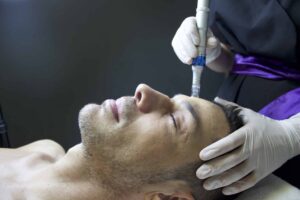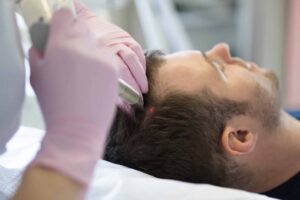
Dutasteride For Hair Loss: Dosage and Side Effects
Dutasteride For Hair Loss: Dosage and Side Effects Dutasteride is an FDA-approved medication that is used to treat benign prostatic hyperplasia (BPH) and male pattern hair loss. While Dutasteride is only FDA-approved to treat BPH, it is commonly perscribed “off


















